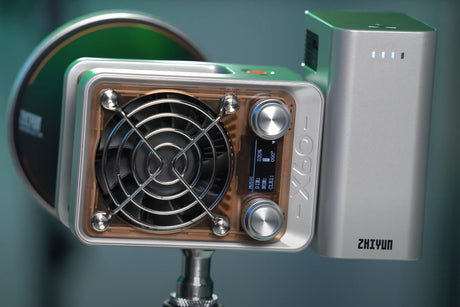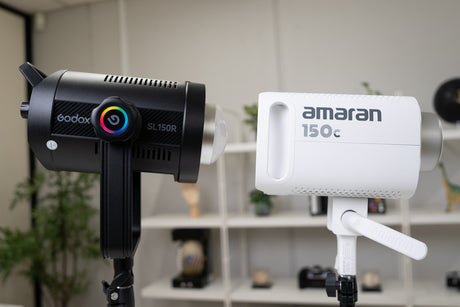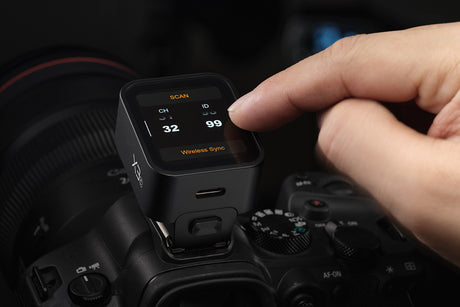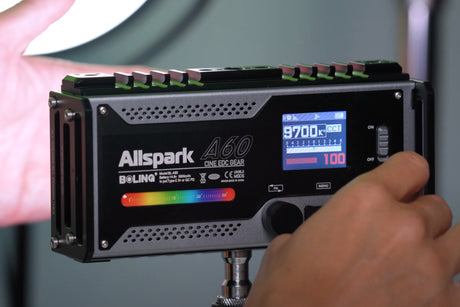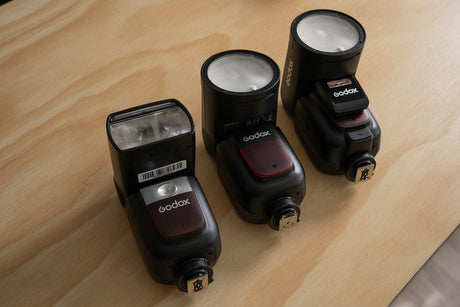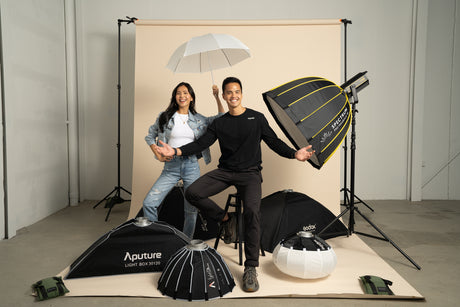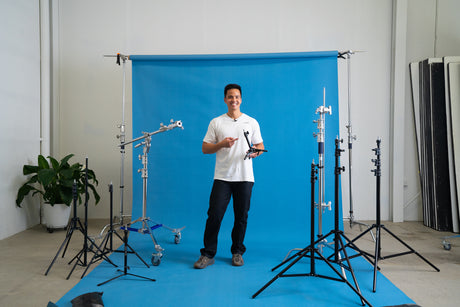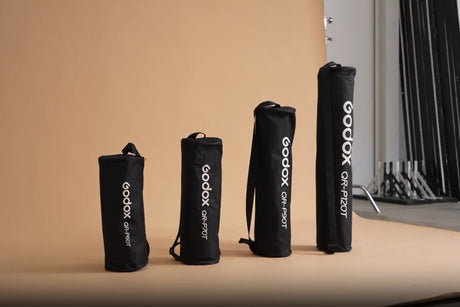The days are shorter, the nights are longer, and the weather is becoming unusual. And by unusual, I mean very unpredictable. These are the moments that tempt us to just pack up our cameras, curl up in our homes, and wait for spring. But with the passion we have for our craft, we know better than to let such small things like bad weather and early darkness hinder us from our pursuits.
Nowadays, there are plenty of cameras that are fairly protected from the elements. But not all of us have that. So before you set out on your journey through the rain and snow, be sure to read your manual and find out if your camera is ideal to use in these conditions. If you happened to lose your manual or you just can’t find the information you’re looking for, you can always go online and I’m sure you’ll find many discussion forums and the like that tackle just about anything. A good way to learn more about your camera is to find users that use the same gear you do, which is not that hard if you spend enough time on the internet. You might find some comments of dissatisfied users who are upset that their camera didn’t survive the wrath of a single drop of rain. Don’t be too alarmed though, even if they’re talking about the exact camera you’re using. It’s part of human nature to voice out our frustrations more than our satisfaction. But unless you own the lamest camera model out there, you’ll most likely read good comments too from people defending and praising it.
But whatever information you find online, you can always shoot in the rain or snow as long as you take the necessary precautions to protect your camera. There are certain cameras that need more protection than the others, but one sure thing is that there’s always a way to take great pictures in the rain regardless of the camera you’re using. There are companies that offer products that can protect your equipments from the different elements. But then again, if you happen to have the cheapest option, it might as well be the best deal you’ll have. So you can just use your good old clear plastic bag. Poke a hole in one corner and force the front of your camera lens through it. By doing that, you’ve created a complete form-fit seal around the camera. You can easily operate your camera normally through the opening of the bag. You can also conveniently mount your camera on a tripod through that opening.
Now if it’s really cold outside with the snow falling, there are additional things you have to keep in mind. Snow has an uncanny ability to sneak into the camera bag and many other places you prefer it didn’t. And your breath, which contains water vapor, can easily freeze in the cold. So in this condition, extra attention is needed to keep problems and troubles away. It’s not just your gear you have to worry about. You have to prepare yourself too. Make sure to keep yourself warm by dressing in layers. Hiking to your destination may give you temporary warmth, but once you spend much time out there waiting for the perfect light, you might catch a chill. Bring enough layers just in case you’re still out when the sun goes down.
Now that we know how to counter cold weather and wetness, we are partially prepared to go on our mission. But let’s not forget another adversary, especially for those shooting in high latitudes like the Pacific Northwest – short days. Sure you’re way past the phase of being afraid of the dark, but would you want to spend a night stranded in darkness on a mountain or in the middle of nowhere? If you’re anything like normal people, of course you wouldn’t want that. So be prepared. Arm yourself with a flashlight or two. You’d be better off with LED lights rather than incandescent ones as they are generally more reliable, but batteries don’t last forever and by virtue of Murphy’s Law, anything can fail without you anticipating it. Things won’t be as difficult if you headed out before sunrise and your flashlight fails you. You can just simply wait for the sun to come out. But if you’re out there after sunset without a working flashlight, it’s gonna be a long wait.
You can pray for a warm, sunny weather. But you can’t stop short days and cold, rainy and snowy weather from coming . So it’s very impractical and silly to stop with our photography once a year simply because the conditions aren’t exactly ideal. If there’s a will, there’s a way! Keep in mind that some of the best shots were taken on unusual weathers. Will your next photo be one of those? There’s only one way to find out. And while you’re at it, remember the words of Scar from the Lion King – “Be Prepared”!



